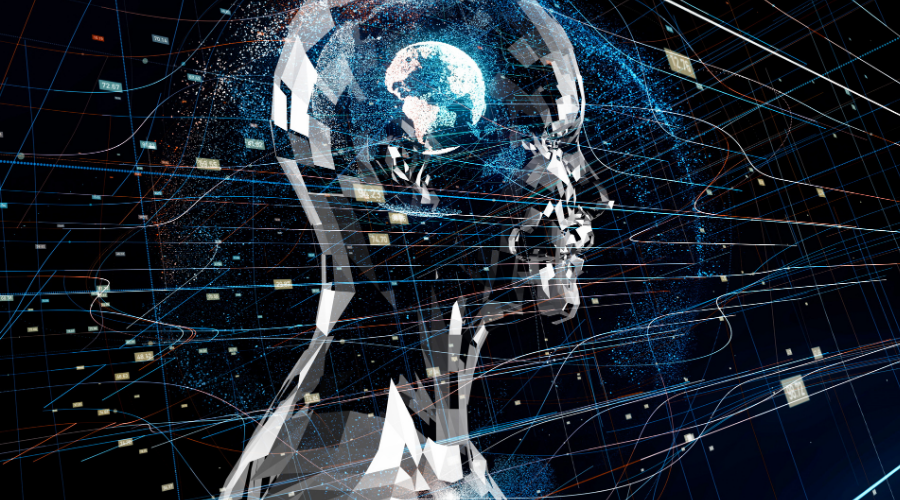How Businesses are Using Artificial Intelligence

What is AI?
Artificial Intelligence (AI) describes technology that can learn, plan, and solve problems similar to the way a human brain does. The AI era evolved in the context of the Big Data age: With the advent of software systems that generate and consume vast amounts of data, new technology was required to aggregate and analyze that intelligence. To put it simply, AI turns Big Data into actionable intelligence to drive better decision-making.
Deep Learning, a subset of AI, involves the training of Deep Neural Networks (DNNs) through exposure to tagged data. This process enables DNNs to “learn” and identify and recognize – in new scenarios – objects to which they’ve been exposed through this tagged data. Those DNNs enable technologies to be able to identify trends, patterns, and anomalies.
The business applications of AI are far-reaching; many businesses and industries have implemented AI-driven technology solutions, and AI-based technologies are certainly poised to become more ubiquitous. Current AI applications include self-driving cars, loan and financial technology – including credit analysis for loan applications and anomaly detection for identifying potential fraud in credit card purchasing – as well as Customer Relationship Management systems (CRMs), to name a few.
AI-Driven Video Analytics
One type of software that depends upon AI and Deep Learning is video analytics, which converts raw video footage into quantitative, qualitative, actionable data. This software is useful because organizations have video surveillance networks that generate vast volumes of video footage, but the organizations have neither the staff resources to manually review it or the ability to accurately comprehend the massive amounts of data buried in it. Video content analytics systems address these problems because they can extract, recognize, and classify objects, to break live or archived video into structured data. In turn this empowers system operators to conduct sophisticated, filtered searches for objects in archived footage or to detect subtle events in real-time, such as a change in lighting or a person dwelling in an aisle or hallway for an unusually long period of time.
Using AI to Gather Business Intelligence
Video analytics systems also aggregate data over time, so operators can use that rich metadata for quantitative and qualitative business intelligence. Delivering data via customized reports and data visualization, such as heatmaps, graphs and charts, video analysis software makes it is easy to understand and share insights with managers and stakeholders. For example:
- Big box retailers are using it to track how their in-store customers interact with displays, to understand in-store shopper demographics for customers that dwelled around specific product kiosks, or to identify the most common pathways that customers navigate while in a store. This intelligence enables store and merchandise managers to make better product placement and store layout decisions on the basis of quantifiable data.
- Banks use video content analysis for similar customer experience purposes, including to send real-time count alerts when bank teller queues are long, to analyze average wait times, and to count how many people are present in a money-counting room.
- Warehouses and shipping ports are using video intelligence — sometimes in conjunction with facial recognition and license plate recognition — to improve site security and enhance workplace safety.
- Pharmacies and other retail businesses prevent inventory losses by analyzing activity not only their stores but in their office and storage areas.
AI-driven video analytics systems collect, analyze and present data so that end users can have accurate, usable information to inform their business practices. The technology unlocks valuable information that would otherwise lie buried in video footage: from real-time information about what’s happening on site, to trend data that gives a big picture overview of what employees, customers, and visitors are doing onsite. The applications go far beyond traditional physical security, to benefit various departments across an organization. More and more businesses are reaping enormous benefits by coupling their existing video surveillance networks with AI-driven video content analytics. As AI and video camera technology continue to evolve, the benefits are bound to increase.
Signup to receive a monthly blog digest.